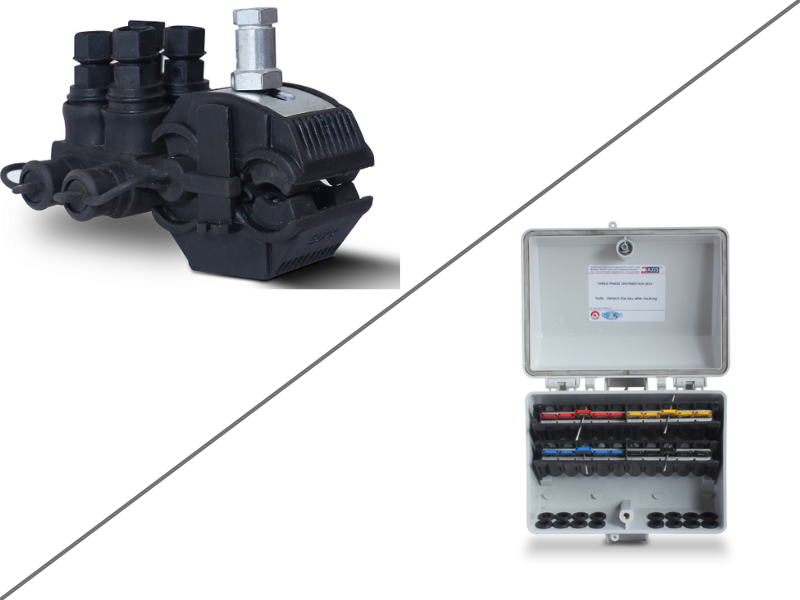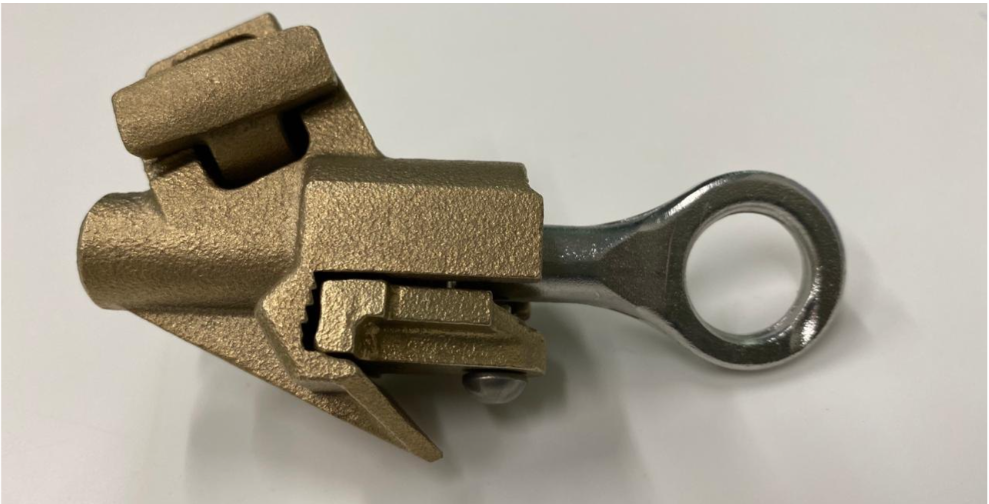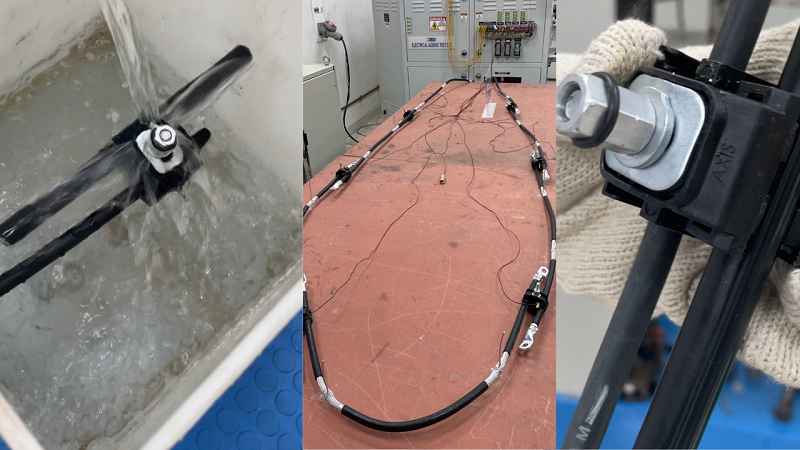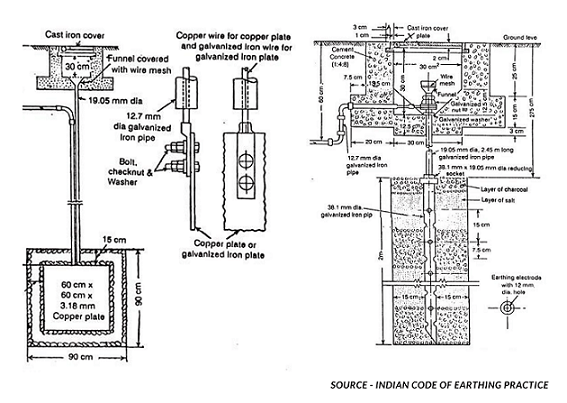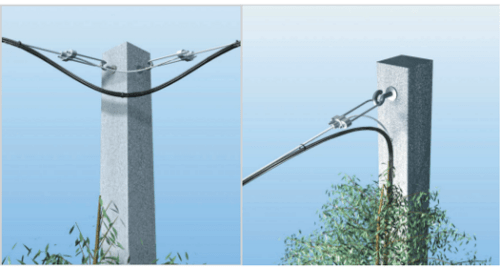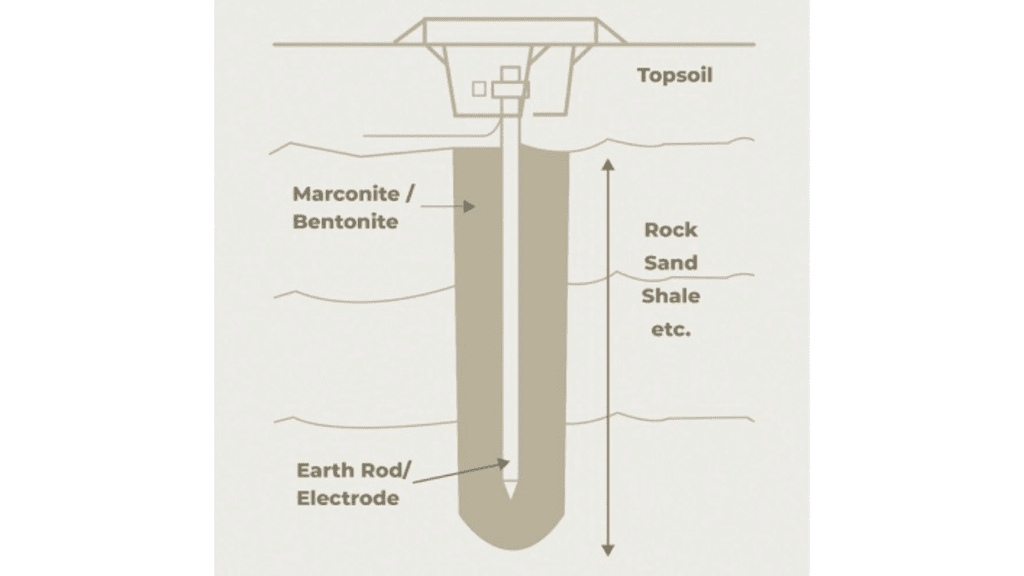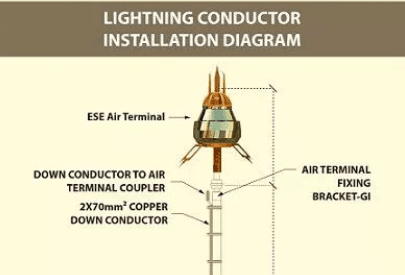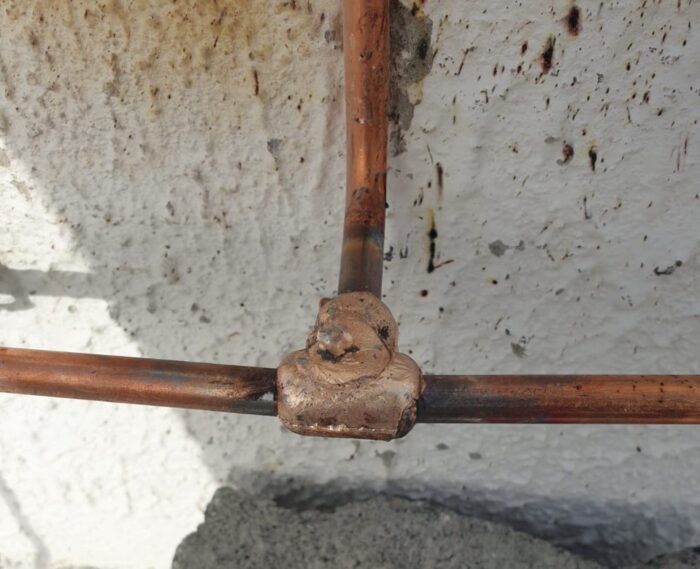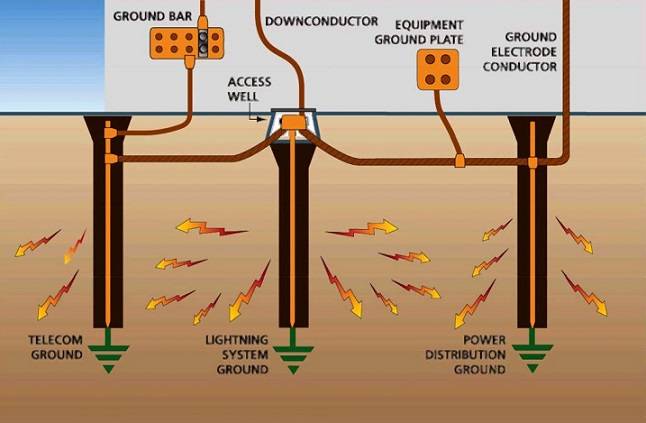Distribution Box VS Multiport (Satellite) Connector
Multiport satellite connector & distribution box are important electrical components used in the power distribution systems at homes, offices, and industries. The main purpose of both electrical parts is to extend electrical connectivity, supply sharing, tap-offs, and network scaling in different conditions and circumstances. What Are Multiport Connectors? Multiport connectors, …

